In this post, we will answer the question: can I install a standby generator myself? Please read through the entire article to learn some handy tips on how to install a standby generator and get the most out of it.
There is a lot you can learn about standby generators on Linquip. We can help you find the right standby generator for your application whenever you need one. If you’re interested in discovering more about these industrial devices, you might want to read Linquip’s article, “What is Standby Generator? Working Principle and Function“.
Have you worked with them before? We offer a wide variety of Standby Generator Products at Linquip so that you can find the generator that meets your needs. Are there any particular services you require for your standby generator? Have trouble installing a standby generator? Have you ever needed a guide? The Linquip platform provides FREE access to all Standby Generator Service Providers, and we are confident you will be satisfied with these services. The Linquip platform also offers the opportunity to request a free quote from all the Standby Generator Suppliers and Companies if you would like to know how much they cost.
You can save money by doing Do-It-Yourself projects around your home or office instead of paying a professional installer or repairman. A standby generator is one example of a machine that some owners want to install themselves. Do you think it’s a good idea to install a standby generator on your own?
The addition of a standby generator to any home is a smart move. It’s unpredictable when your power goes out, so be prepared so that you and your family are safe. In most cases, installation of a generator by yourself is not recommended, as the risk associated with it is extremely high.
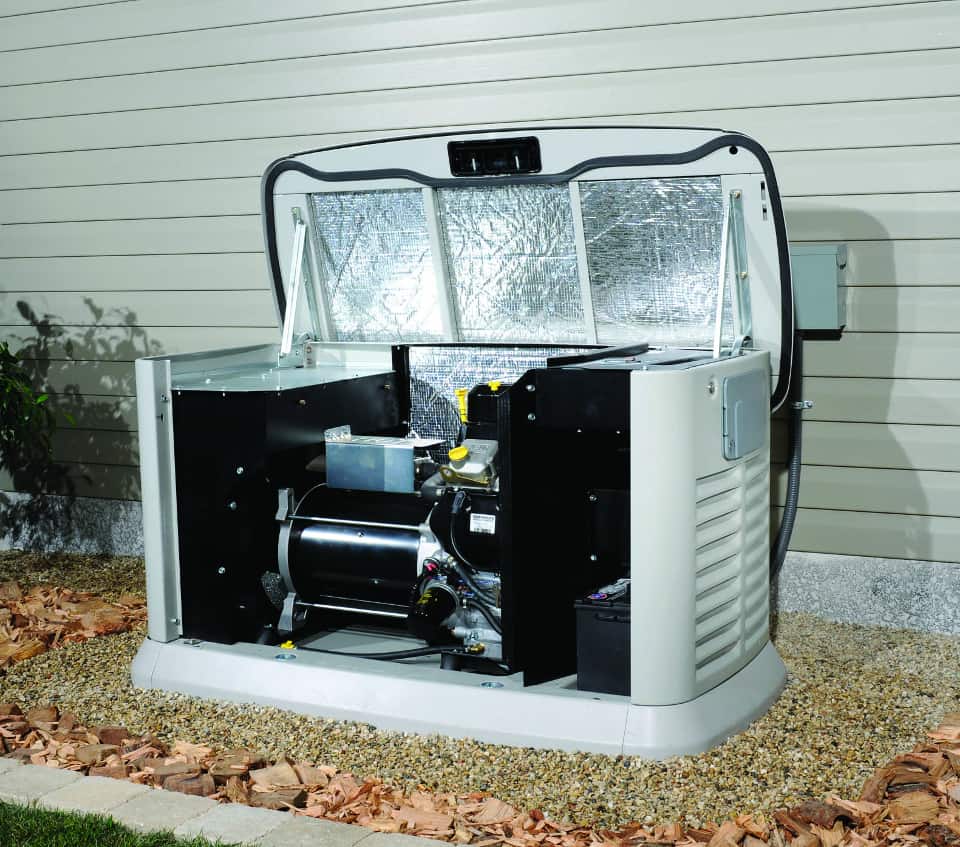
A Brief Overview of Standby Generator Installation
Automatic standby generators provide numerous advantages over portable generators during a utility outage. Providing backup power to a home with a permanently installed standby generator is safer than using a portable generator, according to the American Red Cross.
Your home is protected from toxic carbon monoxide poisoning by installing an automatic standby generator outdoors. Portable generators pose a much greater risk of carbon monoxide poisoning.
The unit runs on the home’s natural gas or LP supply, making it more cost-effective than gasoline and easier to maintain.
During a power outage, these generators start automatically, eliminating the need for portable generators or extension cords throughout the home.
When you are away from home or at home, they provide 24-hour security, and when the power returns, the unit shuts down automatically, so you don’t have to monitor it. The bottom line is that they don’t need you to watch over them!
The installation of a generator is not your typical DIY project. It takes electrical wiring, plumbing, and natural gas components to install a home generator compared to changing your car’s oil filter or tiling the spare bathroom. You’ll also have to consider state, local, and HOA regulations, which can make DIY a real headache.
Be sure to comply with all state and local regulations before you attempt to DIY your home generator installation. Defeating this requirement can result in litigation and financial penalties for failure to comply.
These are some things you need to know about installing a generator for yourself:
1. Choosing the Right Size
As a first step, you should determine the size of your home or business and what you intend to back up in case of an outage so you can choose the right-sized generator. The peak kilowatt demand is what you will need to calculate when connecting your generator.
Imagining your home without power is the most logical way to figure out what you need. The duration of some outages can be short, while others can last for days or weeks. Could you imagine what your family would miss during an outage?
Among the most comprehensive product lines available, the most economically priced systems offer essential circuit coverage. Besides smaller systems, larger systems are available to fit virtually any application. The following are the three types of most common applications based on the choice you make:
Essential Circuit Coverage
By matching the right amount of circuits and appliances with the right size kW generator and transfer switch, the task can be accomplished. For instance, the important necessities could be comfortably provided by a smaller system with selective circuitry coverage. In addition to lights and TV in the family room, this system can also cover microwaves, kitchen lights and refrigerators, garage door openers, furnaces, sump pumps, and well pumps.
Managed Whole-House Coverage
By pairing a smaller generator with one switch option, you can get whole-house coverage with less generator power. The generator’s maximum capacity is reached when non-essential circuits are discarded, creating a managed power solution. As soon as essential circuits no longer need power, they turn back on again, resulting in power being provided to all circuits at different times.
Complete Whole-House Coverage
Pair one larger kW unit with the appropriate transfer switch to cover every circuit in your home. Every circuit is covered at all times, which means every appliance can be used at any time.
2. Doing a Permit Check
A generator must be located on the property by city regulations and permits. As part of the permit process, certified electricians and plumbers will be required to work on your generator. As part of the installation, you’ll need to inform your power provider about the installation, in addition to determining if you have enough propane or gas on hand.
3. Choosing the Right Location
The foundation for your generator must be built in the proper location by the regulations. There are often laws to govern where you should place your home generator, including how far it should be from your home, other exterior units, and your neighboring buildings. To keep your generator safe from theft, you will want to incorporate bolts. Furthermore, you must shield it from the neighbors to maintain a neighborly appearance. You must use licensed electricians and plumbers when installing the required connections.
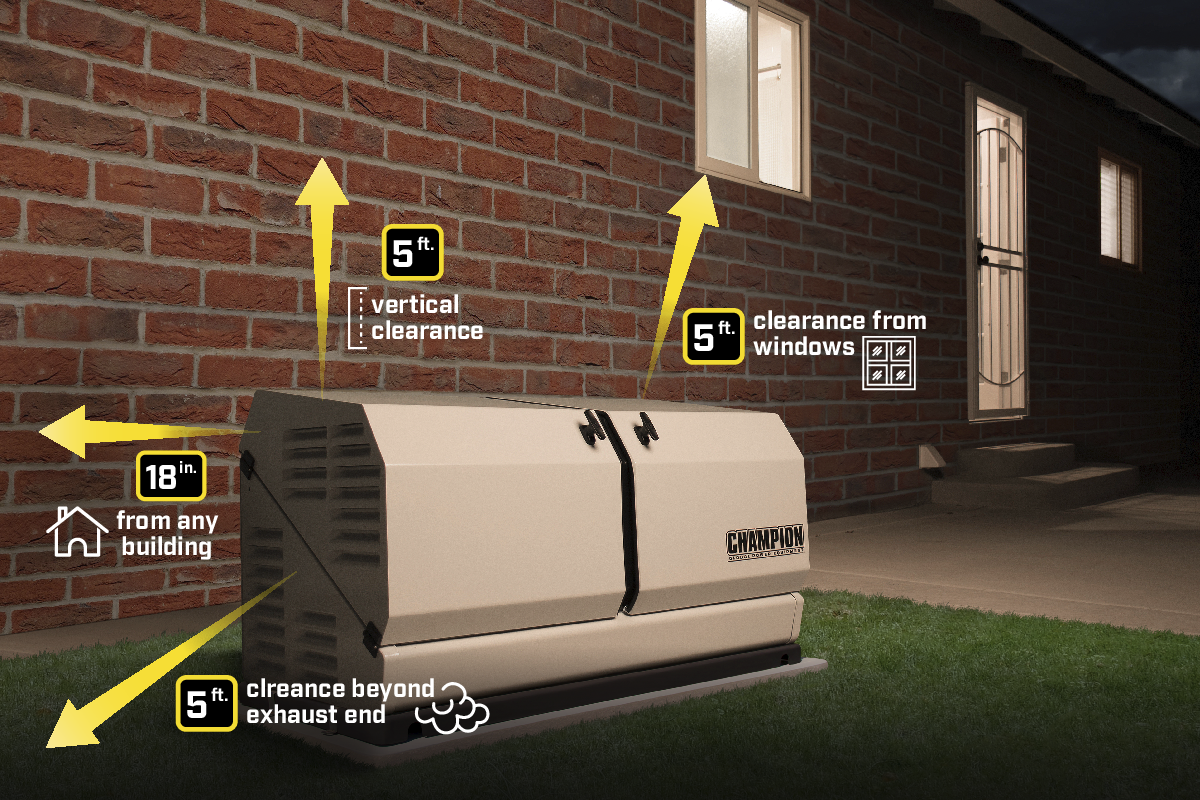
4. Noise
During a power outage, standby generators operate continuously and do not run silently. Typically, larger generators produce more noise, so ensure that your generator doesn’t violate local noise regulations.
5. Infrastructures
Follow any rules governing plumbing, natural gas, or bottled gas connections.
Several tasks must be completed before a standby generator can be installed, including planning, gaining building permits, coordinating with two trades, inspecting the work, and possibly activating the generator. Within hours of a weather event knocking out electrical power, big-box home centers will completely sell out their stock of portable and standby generators.
Process of Installation Planning
The Fuel
First of all, the most important thing you need to know about fuel is that you shouldn’t only fill your generator’s fuel tank full but also have some more fuel at home just in case of an extended outage.
In the event of a natural disaster, power may be disrupted for a much longer period than you expect.
The most common fuels are diesel, gasoline, LP gas, and natural gas.
Diesel
The most common fuel used for generators is this one. The fuel has lower volatility than gasoline and produces more energy. Additionally, it’s more readily available worldwide than gasoline.
Gasoline
This is highly volatile and is, therefore, rarely used. At normal temperatures, it evaporates easily, so it cannot be stored in cans for a long time.
LP Gas
This gas is chemically known as propane and is very easy to store. Additionally, it has a reputation for being clean-burning. However, it does not produce as much energy as diesel does. There are other more important advantages, so you might want to consider it.
Natural Gas
Despite being listed fourth, this is probably the best standby generator to choose. Natural disasters do not generally affect this gas supply, so you can have a continuous supply of fuel for your generator no matter how long the power outage lasts. Additionally, it burns just as cleanly as LP gas.
Consider the location of the generator with local and national codes, as well as the manufacturer’s recommendations, before you purchase. Air-cooled standby generators should be kept away from buildings by 18 inches, have 36 inches of clearance on both sides, and be located at least five feet from windows, doors, vents, and other openings.
Your local building department should be contacted directly. You will be able to spot shoddy work and avoid problems later on if you are familiar with local codes and how the generator should be installed properly. If you intend to install the unit in a particular location, bring a plat of survey with you to the building department. It is sometimes necessary to have a location and electrical system inspected before a building can be used.
Find an Electrician
You should look for a journeyman electrician with generator installation experience, even if he or she is technically qualified for the job. Get a sense of their experience installing standby generators and what the installation process is like. Anyone with satisfied customers is happy to provide references, so it’s always a good idea to get references.
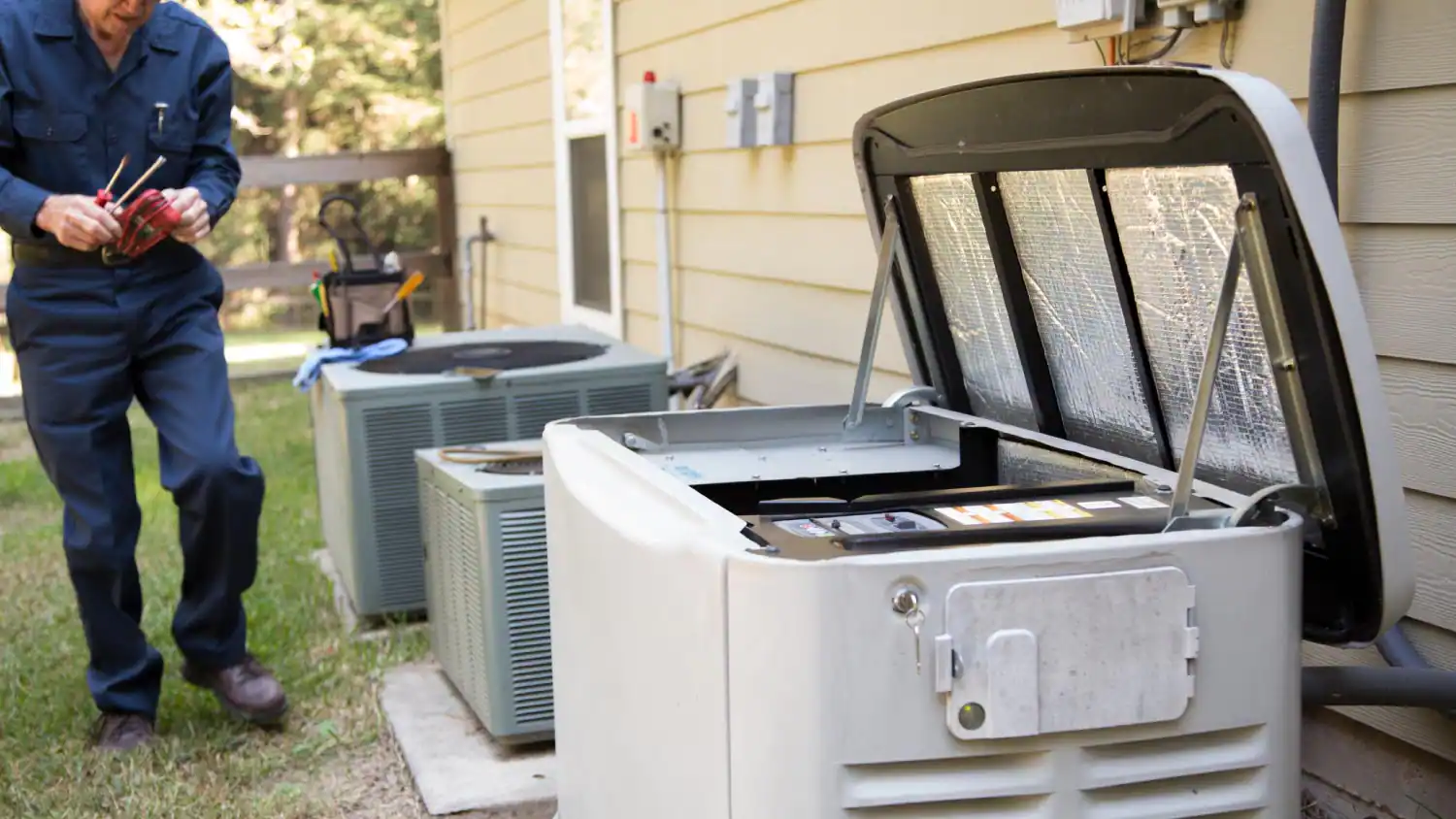
The electrician should also be knowledgeable about local codes and be capable of acquiring building permits and passing final inspections, which can be a complex process for a novice.
Find a Mechanical Contractor
The unit will also need to be connected to a gas line, so you’ll need a plumber or other mechanical contractor to perform these tasks. LP gas regulators or natural gas meters may also need to be changed or a new regulator installed if necessary. In such a case, they will coordinate the process with the local gas company.
Delivery
Make sure you plan for delivery. The generator will be placed at the entrance of your driveway by the truck when it arrives. To move it near the installation site, you will need to arrange help in advance. For example, there will need to be six strong people to carry a 20-kilowatt unit and two 3/4-inch black iron pipes.
It is necessary to interrupt the power from the meter for the installation of some automatic transfer switches. Electrical work can be safely performed by an electrician, but removing live wires from the pole is not something most DIYers are capable of doing. The electric utility may require notification, or they will disconnect the meter before the installation and reconnect it later. A qualified electrician can help you with this.
Utility power interruption is likely to keep you without power for at least several hours, if not all day if the installation requires interrupting utility power.
Prepare in Advance
Consider purchasing a generator now rather than waiting for the next weather event or distribution issue. Start planning your standby generator installation in case of severe weather or other utility disruptions. You won’t regret having your lights on and a cool home when everyone else is dark and uncomfortable in the heat.
Servicing and Maintenance Following Installation
When you need instant power once or twice, you cannot relax and be satisfied that everything is working fine. There is still work to be done. It is necessary to maintain and service the generator regularly.
You should find detailed instructions in the manual that came with your generator on how to use it and when to use it. The following are some common points to keep in mind.
- Check the unit’s surroundings for debris and rodents, and inspect the unit itself. Complications arise unexpectedly from them.
- Regularly check the oil and filter of the engine. Usually, the manual will tell you the frequency.
- Make sure the generator’s fuel is checked regularly, in particular, if the generator is powered by diesel fuel. Then you won’t have to rush to refuel it during the outage, which could be very frustrating.
- Make sure there is enough coolant in the system. Generators have little chance of reaching critical heat levels and repairing one costs a great deal of money.
- Conduct self-tests frequently. If you haven’t used your generator for months, you should start it. Leaving machines unused for too long can cause some stealthy problems. To determine whether it is still healthy, you need to test it.
- Changing fuel and air filters and replacing spark plugs are some other routine maintenance tasks.
If you wish, it is possible to handle everything yourself, but it would be more convenient for you to hire someone who can ensure everything is done correctly. Your home needs to be protected with the best installation, and it’s comforting to know who to contact if something isn’t working as you expected. All steps of the process are walked through by an expert who has extensive background knowledge in the field. In this case, your new generator will be installed by a trained professional who will determine the correct size and location for your property.
The Reasons Why DIY Installation of Standby Generators Isn’t Recommended
The DIY GENERATOR INSTALLATION process might not be the best option for you due to the following reasons.
Generator Selection
The first step to purchasing a generator for your home is to make sure that it is the right generator for your needs. It is best to leave this task to an expert, as you will need to match the generator’s size to your home’s needs. A generator’s air- or liquid-cooled design, as well as the enclosure material, should also be taken into consideration. For your generator and home to be safe, you must make decisions like these correctly, something an inexperienced person cannot do.
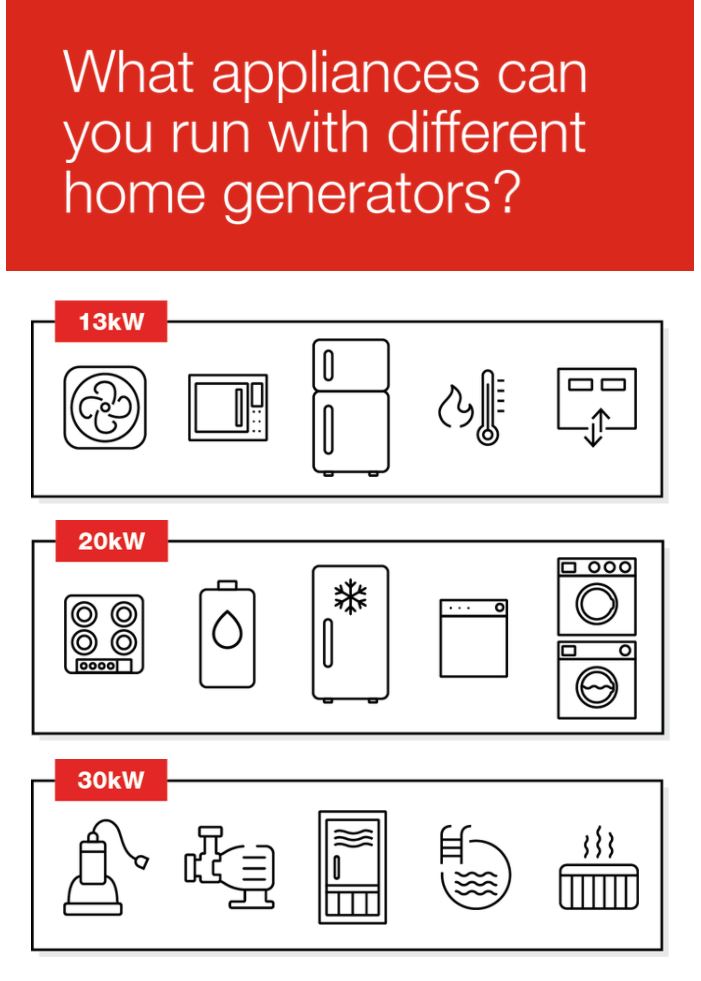
Load Calculations
To run your home generator in tandem with your appliances, you’ll need to calculate their combined loads. When installing a generator, you should also take into account the starting wattages of motor-driven appliances, such as refrigerators and furnaces. In an outage, you will need a large generator if you wish to operate multiple devices.
Natural Gas
The natural gas service in your home is commonly used to run generators. A gas line will be needed to connect the generator to your gas meter before you can set up your generator. There is a high risk involved in this process since a gas leak can happen easily but is hard to detect. Leaving the handling of natural gas to a professional is the safest thing you can do for your home and yourself.
Electrical Panel
You must install an electrical sub-panel for your generator to work properly. It would then be necessary to move the electricity from the main panel to the subpanel to complete the procedure. Without proper training, you are at high risk of electrocution when attempting to carry out this part of the installation process on your own.
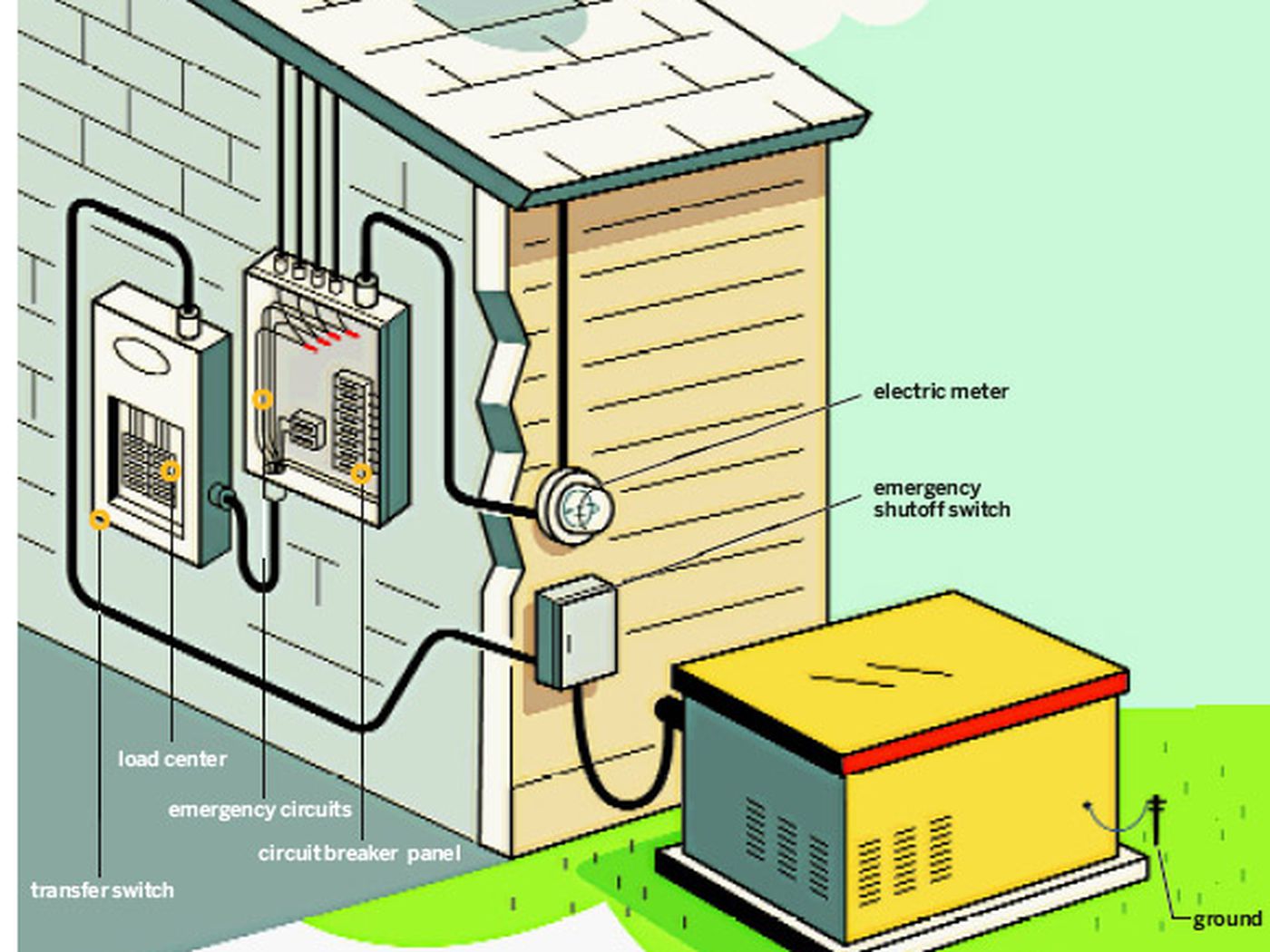
Gas Meter
In case you have a natural gas service at your house, you probably have a low-pressure meter as well. To use a generator, this is going to need to be changed because most of them require high-pressure meters. If your generator does not have the correct meter, it cannot provide electricity to your home.
What Is the Appropriate Size Generator To Run a House?
If you have a generator with 5,000 to 7,500 watts, you will be able to run most household appliances, including refrigerators, freezers, well pumps, and lighting circuits. It is possible to run all these appliances simultaneously with a 7500-watt generator.
What Is the Best Spot to Place a Whole House Generator?
As well as local or federal regulations, homeowners should adhere to standard regulations. A generator should always be placed outside and at least five feet away from doors, windows, vents, and flammable materials, as stated by most manufacturers.
Can I Install a Generator Transfer Switch on My Own?
It is technically possible to install a generator transfer switch by yourself if you have the necessary experience in electronic work and are comfortable with it.
Conclusion
It is possible to install your standby generator if you possess the necessary tools and have an understanding of basic wiring (as well as some free time). In case the job appears too big, you may wish to consider hiring a professional installer.
Download Do-It-Yourself Standby Generator Installation PDF
This article is available in PDF format for your future reading and reference. The download can be started by clicking on the following link.
Buy Equipment or Ask for a Service
By using Linquip RFQ Service, you can expect to receive quotations from various suppliers across multiple industries and regions.
Click Here to Request a Quotation From Suppliers and Service Providers
Read More on Linquip
- Portable vs. Standby Generator (Best Choose for Home): A Complete Guide
- How Long Can A Standby Generator Run Continuously? A Comprehensive Guide
- The 8 Best Standby Generator
- The Difference Between Prime & Standby Generators: A Comprehensive Guide
- What Is the Difference Between a Whole House and a Standby Generator? The Best And Most Complete Guide)
- The 7 Best Whole House Generators
- Working Principle of Diesel Generator + Diagram
- Working Principle of AC Generator
- What is the Right Size Generator for a 50 Amp RV? A Complete Guide
- What Is a Generator? A Comprehensive Explanation of Working Principles, Types, and Components
- What is the Working Principle of a DC Generator?
- How to Connect a Generator to Your Home? (Best Guide)
- How Long to Wait After Using Ozone Generator? Best Guide
- How to Use Ozone Generator in the Home? Best Solution



